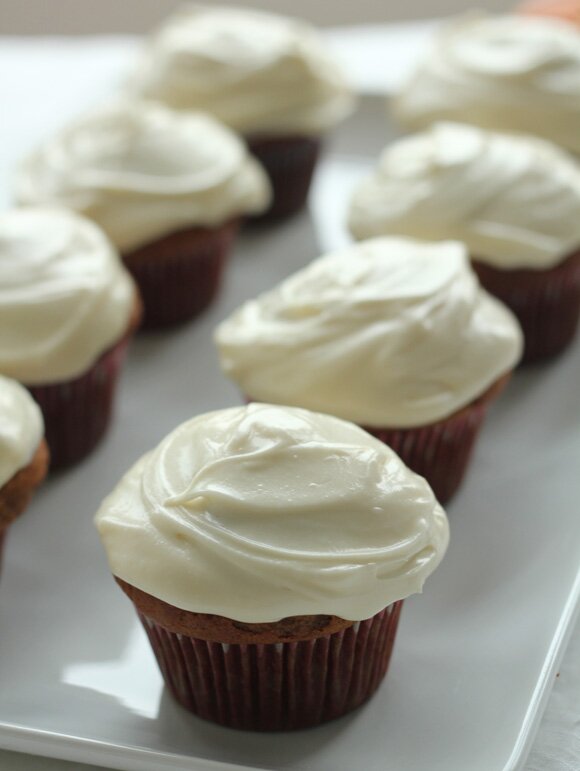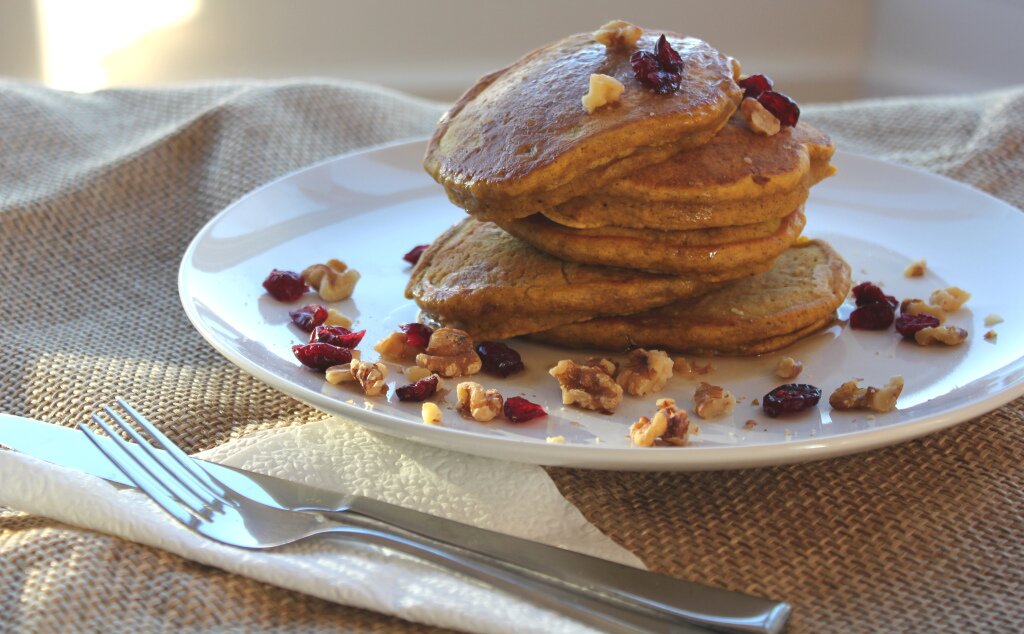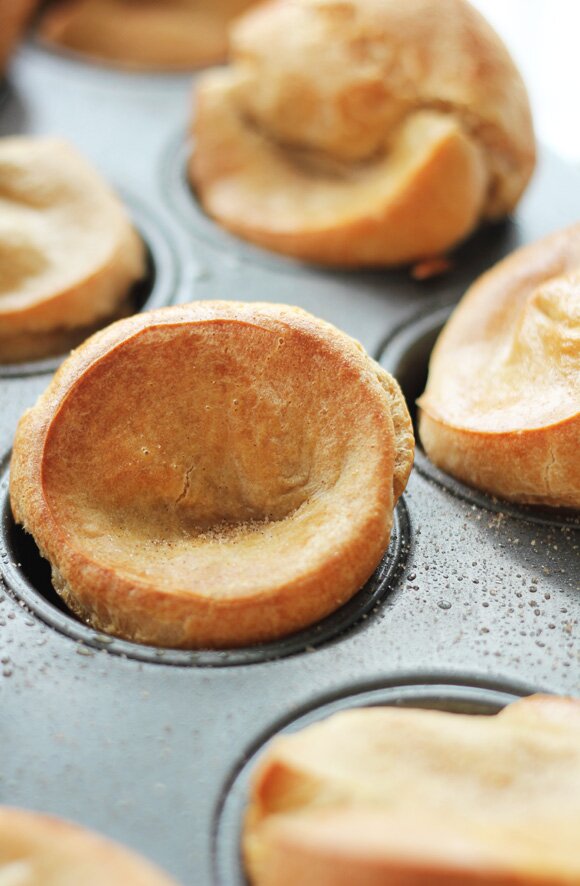Happy Monday, friends! I hope you all had a wonderful weekend. I’m excited to kick off a new series today called Plate to Pixel. A few months back I purchased this book on food photography and styling. Since then I have to admit, I haven’t been the best at putting the techniques to use. So, I decided a fun way to simultaneously improve my own photography skills while growing the content of the blog would be to share all I’m learning with you! Though I’ll be talking specifically about food, these techniques can apply to any subject. We’re going to take it slow and steady and start off with aperture today!
Aperture is one of the three elements that affect the exposure of the photograph (we’ll get into the other two later on). It refers to the size of the opening of the lens, which means it determines the amount of light in the photo. It’s also referred to as the “f/stop.” It feel a little bit backwards, but a lower f/stop will actually let in more light, while a higher f/stop will let in less light. A lower f/stop also creates a much smaller area of focus, while a higher f/stop allows for a much wider or broader focal point. Let’s look at some examples to see how this actually all plays out:

In this photo the f/stop is on the lowest setting, bringing only the almonds in front into focus and bringing quite a bit of light into the photo- specifically on the almonds.

The f/stop is increased slightly here, bringing in a little less light and bringing the almonds farther back in the photo a little more into focus.

The f/stop is increased again bringing practically all of the almonds into focus, but decreasing the light just slightly.

Lastly, the f/stop is increased again which brings all the almonds pretty much into focus but lets less light into the photo.
Even though the photos reflect only subtle changes, I find it most helpful to review things this way in order to best understand the effect of the different settings. These photos were shot in the early evening, causing the light to take on a more blue hue. If you took them earlier in the day the light wouldn’t have that effect. I only used one subject for this series but my goal is to start working with a variety of subjects, experimenting with light and bringing different items in the foreground into focus.
I’m by no means a photography expert, but I hope these examples were helpful. I can already tell this series, selfishly, will be very helpful for me! If you have any tips on aperture or any other aspects of food photography, please feel free to leave a comment below.





I’m so glad you’re doing this! I sort of understand the basics of photography, but I always need reminders and simple breakdowns of concepts. I always find figuring out aperture (especially in the moment of shooting) tricky, but your explanation really makes it clear. Thank you!
I’m so glad it was helpful! Many more to come.
so glad to see this series! can’t wait to learn a thing or two or twelve! thanks clara!
Clara, thank you a lot! This is a step-by-step compare-and-contrast case study on f/stop. So clear!
I’m currently attending food photography classes based on the Pixel to Plate book and I’ve just got a new Canon, and with it so much fun…
Thank you again!
This morning, I reflected on the case study above, while trying to make similar pictures with my new Canon camera. So informative!
Although the f-stop does affect the amount of light that enters through the camera lens, it’s not about the light… f-stop is about depth of field. The aperture setting determines what’s in focus and what’s not. Your first example at f-1.8 has a very short depth of field–the almonds are in focus, while the strawberrys are not. The porpose of this type of setting is to place emphasis on the objects in focus and de-emphasize the fuzzy objects. This treatment can be very useful, because it helps give the feeling of three dimensions when only two are available. Notice how your last photo at f-6.3 looks very flat and feels as though you’re directly over the almonds? Controlling aperture using your camera’s f-stop setting is a very effective technique for giving your food photos depth and warmth, and making your readers want to reach into the page and take a bite. Ignore it, and your food will appera flat and lifeless. Light has very little to do with depth of field.